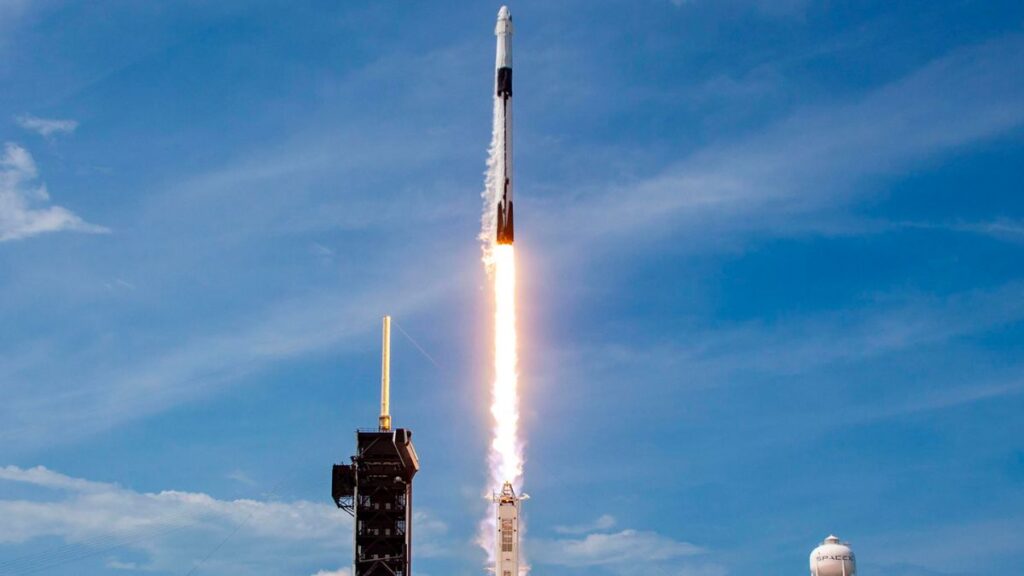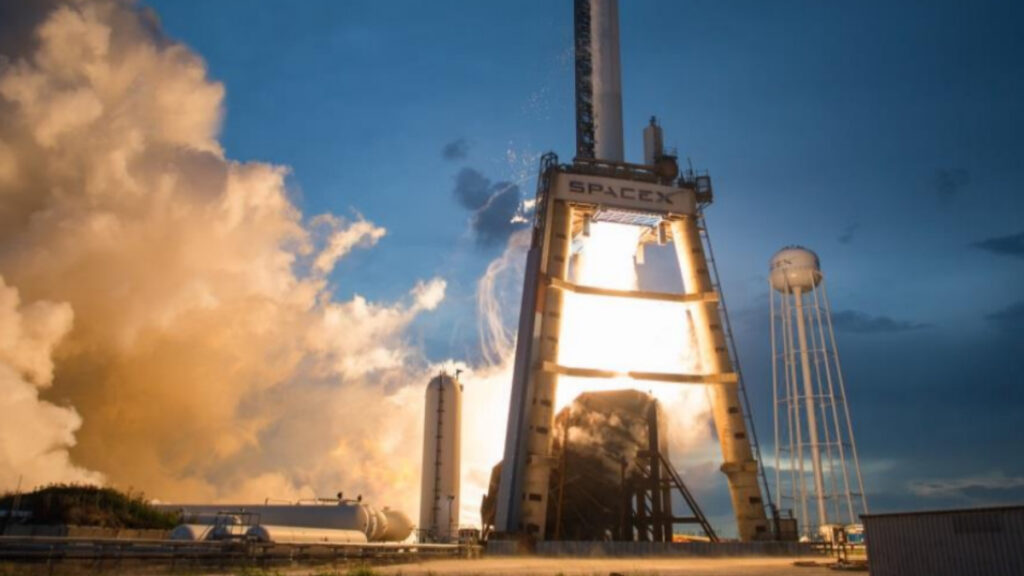Skip To...
SpaceX’s ninth Starship flight test may have marked progress in reaching orbit, but it ultimately ended in failure after a critical malfunction caused the spacecraft to break apart during re-entry. Launched from Vandenberg Space Force Base in California on Tuesday, May 27, the latest test was another step in Elon Musk’s ambitious plan to send humans to Mars by 2026.
The mission began smoothly, with the massive spacecraft successfully entering Earth’s orbit, an achievement SpaceX has long been working toward. However, the victory was short-lived. According to mission updates, an apparent propellant leak led to a loss of altitude and spinning mid-flight. The vehicle became uncontrollable as it re-entered Earth’s atmosphere, unable to withstand the intense heat of re-entry. The Starship ultimately disintegrated over the Indian Ocean, with debris falling into the water, as confirmed by The New York Times.
SpaceX Starship Explodes Again
SpaceX later acknowledged the incident in a statement shared on X, the social media platform formerly known as Twitter, describing it as a “rapid unscheduled disassembly.” The company emphasized the importance of data gathered from the mission, saying, “With a test like this, success comes from what we learn, and today’s test will help us improve Starship’s reliability as SpaceX seeks to make life multiplanetary.”
This flight came just over two months after the eighth Starship test also ended prematurely following a rocket explosion. That incident prompted temporary flight restrictions and grounded planes at several Florida airports. The seventh test flight in January also ended in an explosion. The incident highlights the ongoing challenges SpaceX faces in developing its next-generation spacecraft.
The company has maintained that such failures are expected during what it calls “developmental testing.” As stated on SpaceX’s website, “By putting hardware in a flight environment as frequently as possible, we’re able to quickly learn and execute design changes.”
Testing Super Heavy Booster in May 27 Flight
One notable change in the May 27 test was the reintroduction of the Super Heavy booster rocket. While it had been used during the January flight, it was absent from the March launch. Unlike earlier missions, SpaceX did not attempt to recover the booster this time. To protect the launch infrastructure at Starbase, the company redirected the booster to an offshore landing point in the Gulf of Mexico. SpaceX chose not to attempt a catch maneuver during this flight.

Despite the fiery outcome, SpaceX appears committed to pushing ahead with its rapid development timeline for Starship. The spacecraft is central to Musk’s long-term vision of colonizing Mars and enabling human life beyond Earth, and every test flight, successful or not, plays a role in refining the vehicle’s design and performance.








